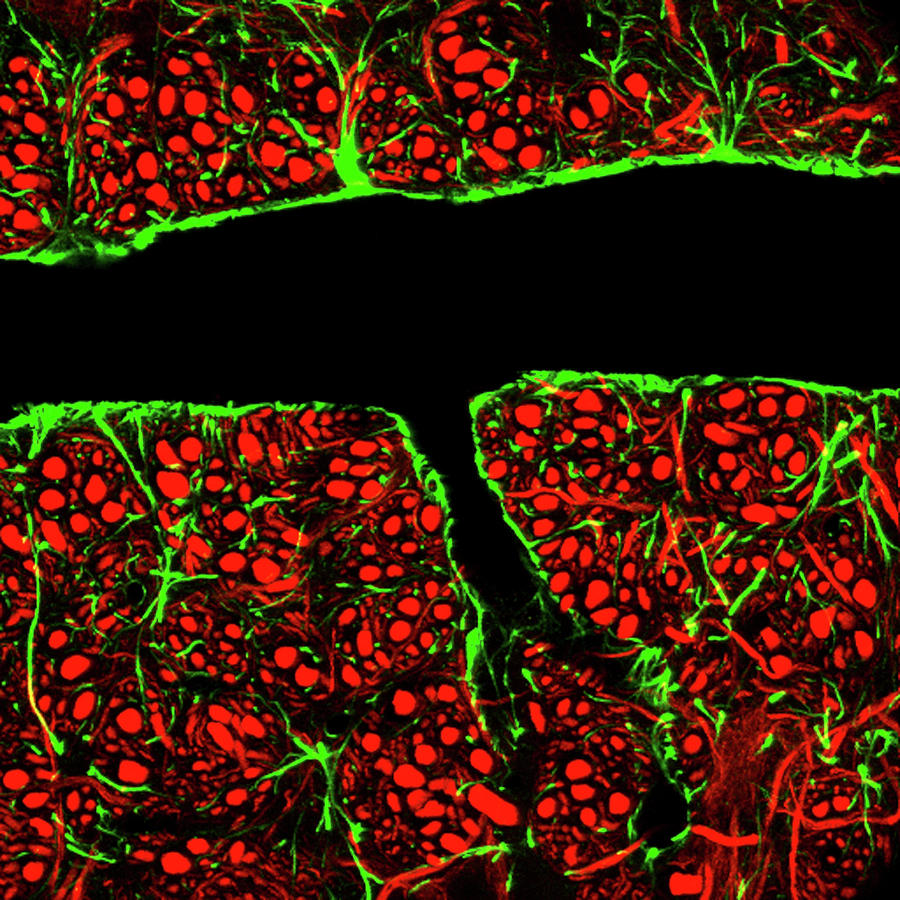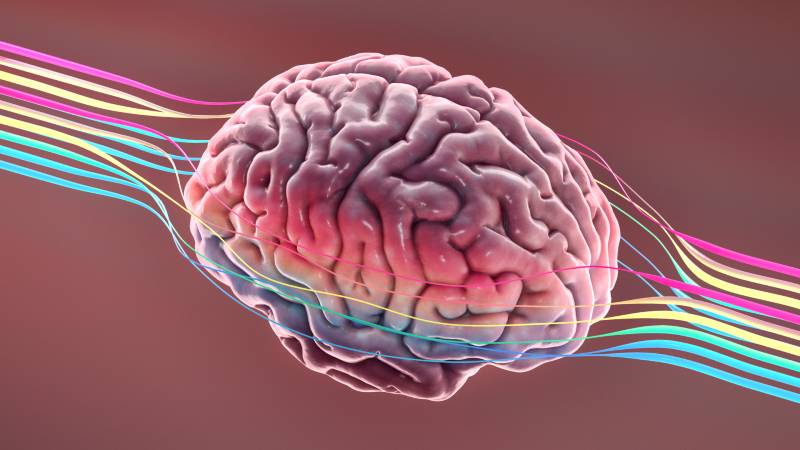

Many conditions that cause severe elevation in ICP set up dangerous positive feedback loops where damage to the BBB causes edema and elevated ICP this in turn causes ischemia and further breakdown of the BBB leading to further increase in ICP.

AQP4 is significantly upregulated in several forms of brain tumor contributing to water influx and disruption of delicate neural homeostasis.10 Edema caused by disruption of the BBB leads to brain swelling and potentially life threatening increases in intracranial pressure (ICP).Įlevated ICP is a potentially life threatening condition as increased ICP can decrease cerebral perfusion and cause traumatic herniation of the brainstem through the foramen magnum. In glioblastoma, claudin-1 is found to be absent and claudin-5 and occludin significantly downregulated.8 Similar events occur in astrocytoma and metastatic adenocarcinoma leading to improperly formed TJ.9 The consequence of these events is the increased permeability to a variety of (potentially neurotoxic) solutes, and cerebral edema. This is the result of failure to express critical TJ proteins. VEGF expression induces fenestration in unfenestrated endothelial cells in the BBB.6 Sepsis can mediate BBB disruption via perivascular edema and astrocyte end-foot edema, rupture, and detachment.7 The BBB in the area surrounding a brain tumor is poorly developed.
#BLOOD BRAIN BARRIER DEFINITION FREE#
Several pathological conditions can diminish the ability of the BBB to screen what gets into the brain, this leads to neurotoxicity and cerebral edema.4īBB disruption is mediated by a number of soluble factors which are associated with diverse pathologic conditions, these include : glutamate, endothelin-1, NO, MIP-2, TNFα, MIP2, bradykinin, histamine, and free radicals among others.5 Hypoxic and ischemic insults lead to disruption of TJ by events set in motion by VEGF, NO, and various cytokines. Water crosses the BBB primarily via Aquaporin 4 (AQP4) expressed in astrocyte end-feet.3 When the BBB is functioning optimally it provides an ideal environment for neuronal function. Inextricably linked to the transport of ions, water transport across the BBB is also tightly regulated.

These specialized TJ even restrict the flow of small ions such as Na+, K+, Ca2+, and Cl. BBB TJ are maintained by the interaction of specialized cytoskeleton and linking proteins not expressed in other endothelium, examples include : Claudins, occludins, and junctional adhesion molecules.2 Small gaseous and lipophilic molecules can diffuse freely through the BBB, however most charged compounds (peptides, proteins) must take the trans-cellular route and gain entry by means of specific transporters or carriers. 1 It restricts the entry of many substances dissolved in blood because of specialized tight junctions (TJ) between adjacent endothelial cells. The BBB is formed by endothelial cells that line cerebral micro vessels. The restriction of solute transport limits how fluids can transfer across the BBB. The unique requirements of the CNS require the BBB to limit the free exchange of some solutes that would be freely exchanged through other anatomic compartments. The unique environment provided by the BBB enables the specialized activity of neurons BBB breakdown is the result of pathologic conditions and leads to further neuronal dysfunction. The blood brain barrier (BBB) is a specialized barrier that renders the environment of the central nervous system (CNS) separate from other compartments of the body.


 0 kommentar(er)
0 kommentar(er)
